Proteases
Proteases, also known as peptidases or proteolytic enzymes, consists of a large number of enzymes catalyzing the hydrolysis of peptide bonds and subsequently resulting in the degradation of protein substrates into amino acids. Proteases are involved in a wide range of human diseases, including cancer, neurodegenerative disorders, inflammatory diseases and cardiovascular diseases. Thus numerous proteases inhibitors (small molecules and proteins) have been identified to block activity of proteases. Proteases inhibitors can be classified into different types based on the class of proteases they inhibit through two general mechanisms, irreversible “trapping” reactions and reversible tight-binding reactions. Proteases inhibitors have been used as diagnostic or therapeutic agents for the treatment of proteases-related diseases.
-
 A2571 Pepstatin A9 CitationTarget: Cathepsins|Renin|HIV proteases|PepsinsSummary: aspartic proteases inhibitor
A2571 Pepstatin A9 CitationTarget: Cathepsins|Renin|HIV proteases|PepsinsSummary: aspartic proteases inhibitor -
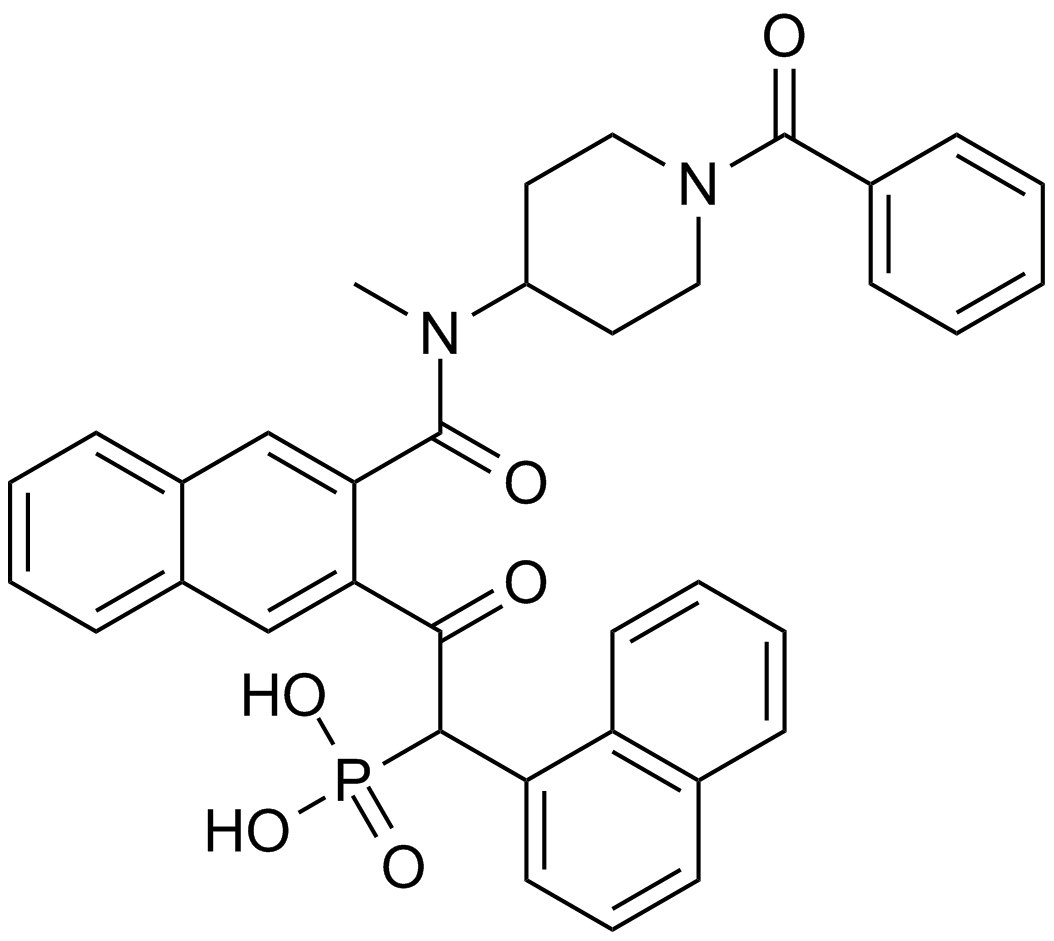 A8174 Cathepsin G Inhibitor ITarget: CathepsinsSummary: Cathepsin G inhibitor
A8174 Cathepsin G Inhibitor ITarget: CathepsinsSummary: Cathepsin G inhibitor -
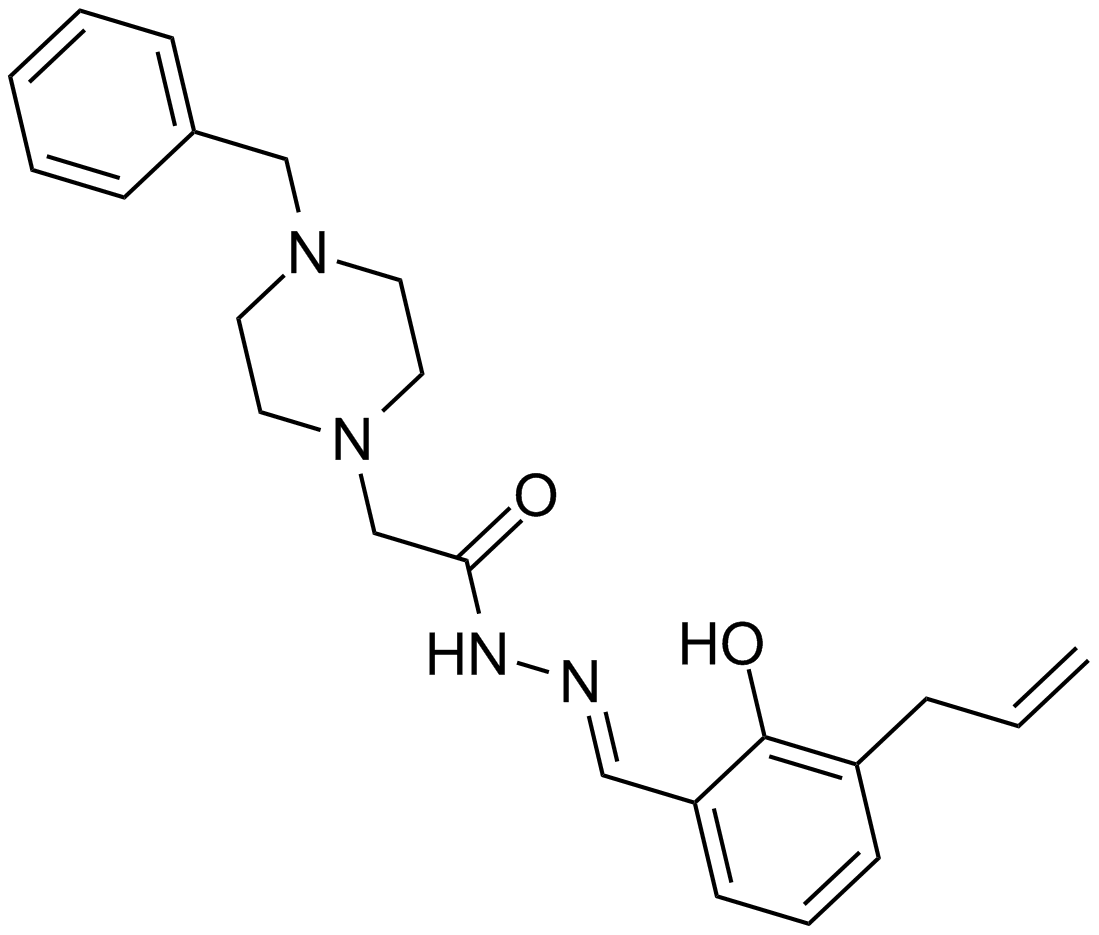 A8177 PAC-11 CitationTarget: CaspasesSummary: Procaspase-3 activator
A8177 PAC-11 CitationTarget: CaspasesSummary: Procaspase-3 activator -
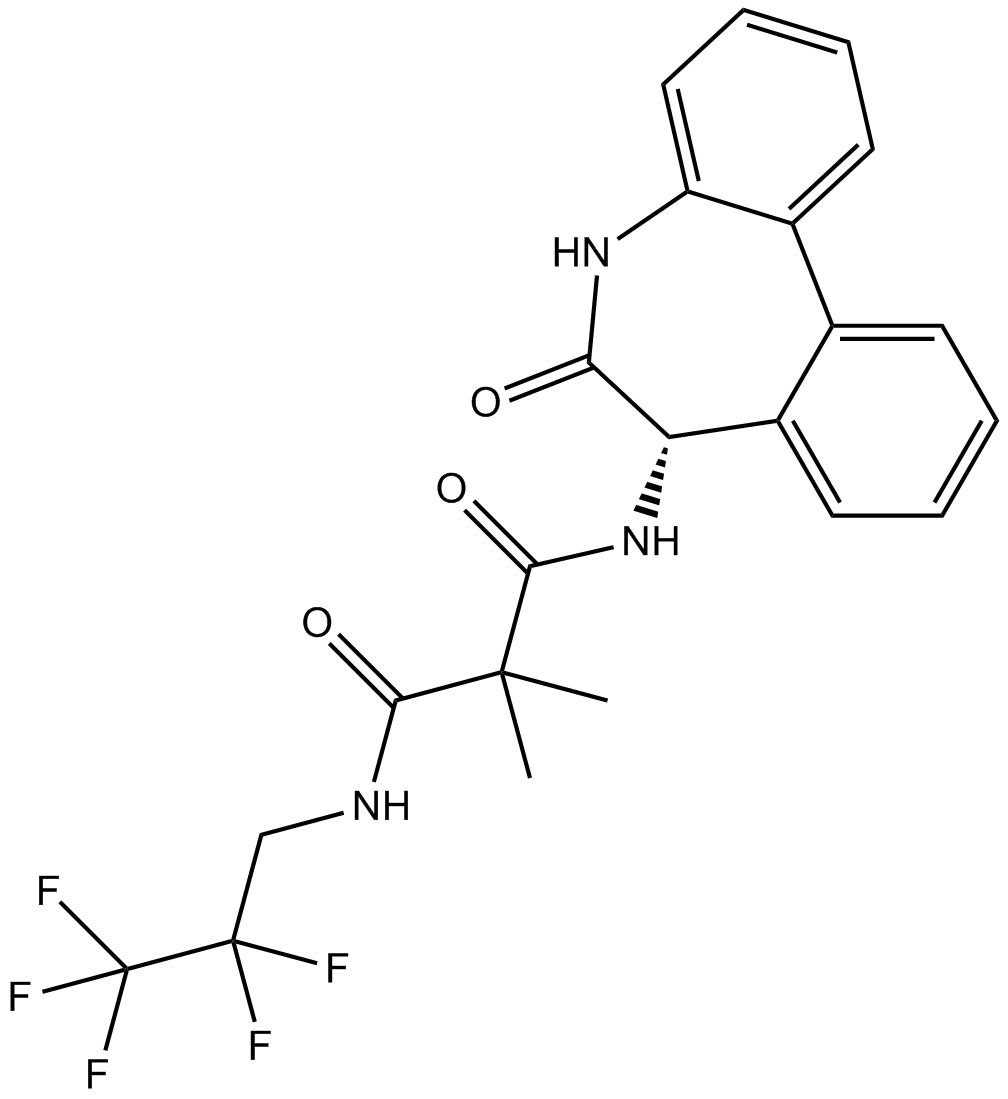 A4005 RO49290975 CitationSummary: γ secretase inhibitor
A4005 RO49290975 CitationSummary: γ secretase inhibitor -
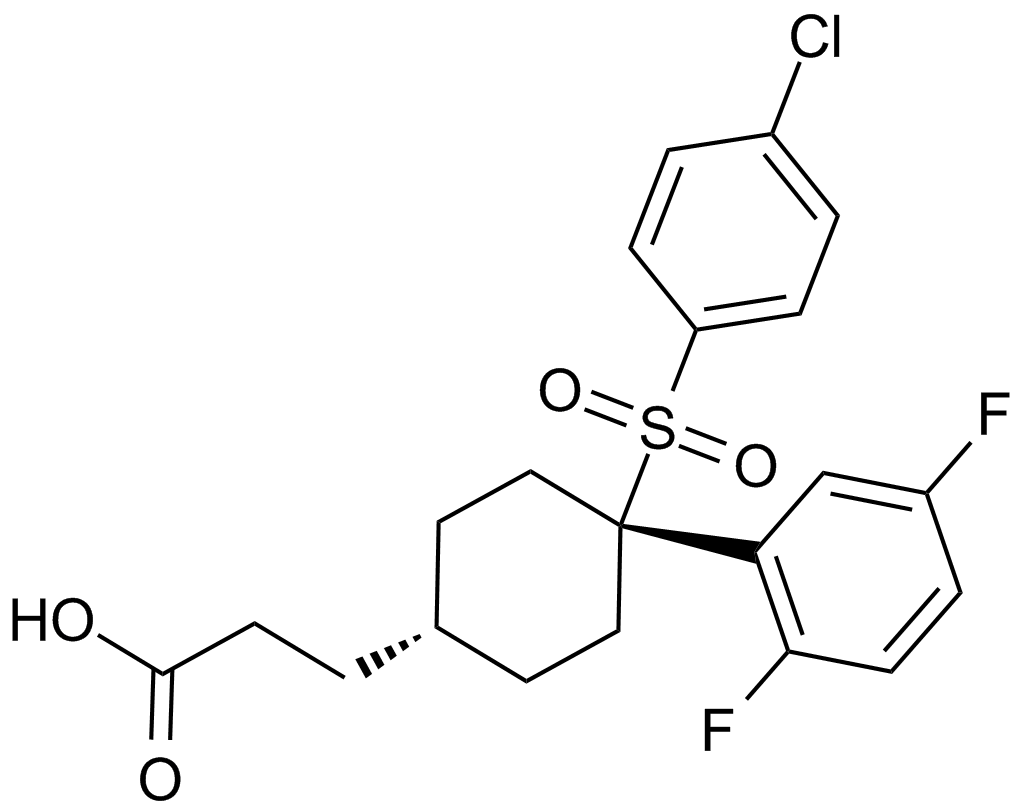 A4006 MK-07521 CitationSummary: γ-secretase inhibitor
A4006 MK-07521 CitationSummary: γ-secretase inhibitor -
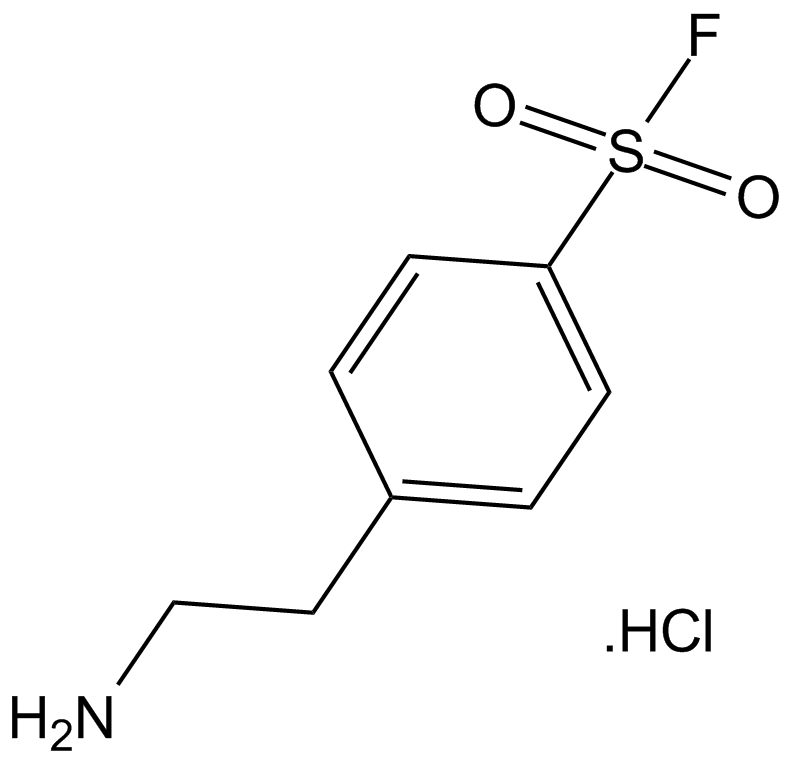 A2573 AEBSF.HCl1 CitationTarget: Serine ProteasesSummary: serine protease inhibitor
A2573 AEBSF.HCl1 CitationTarget: Serine ProteasesSummary: serine protease inhibitor -
 A2574 Aprotinin1 CitationTarget: Trypsin|Chymotrypsin|Kallikrein|TrypsinogenSummary: serine protease inhibitor
A2574 Aprotinin1 CitationTarget: Trypsin|Chymotrypsin|Kallikrein|TrypsinogenSummary: serine protease inhibitor -
 A2575 BestatinTarget: AminopeptidasesSummary: Aminopeptidase inhibitor
A2575 BestatinTarget: AminopeptidasesSummary: Aminopeptidase inhibitor -
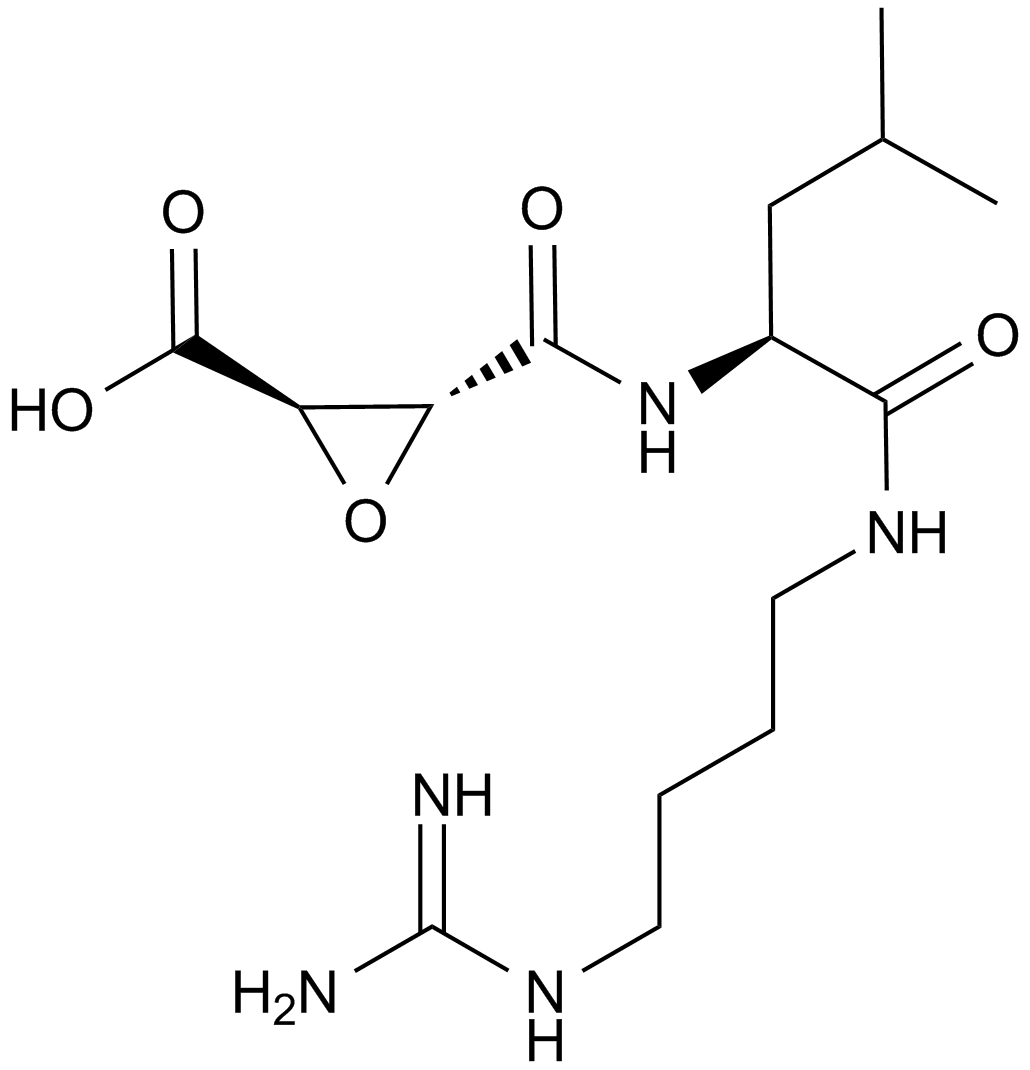 A2576 E-642 CitationTarget: Cathepsins|Calpains|PapainsSummary: cysteine proteases inhibitor
A2576 E-642 CitationTarget: Cathepsins|Calpains|PapainsSummary: cysteine proteases inhibitor -
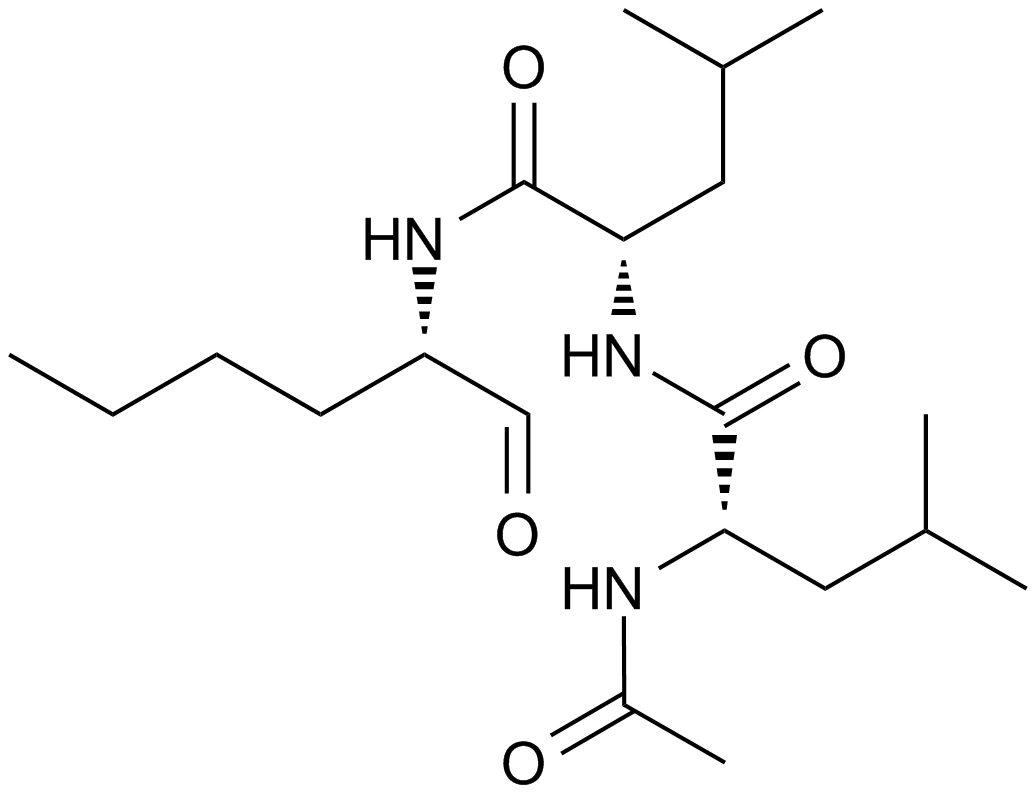 A2602 Calpain Inhibitor I, ALLN2 CitationTarget: Cathepsins|CalpainsSummary: Calpain I/II/ B/L inhibitor
A2602 Calpain Inhibitor I, ALLN2 CitationTarget: Cathepsins|CalpainsSummary: Calpain I/II/ B/L inhibitor

